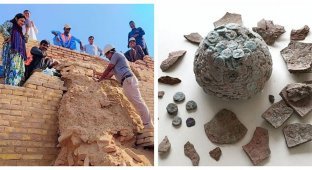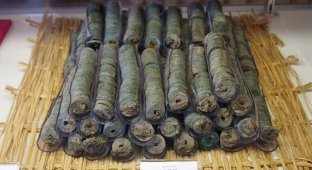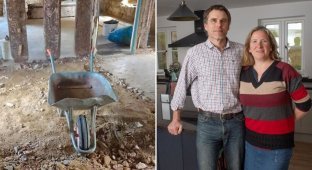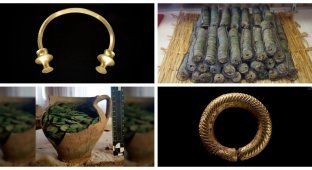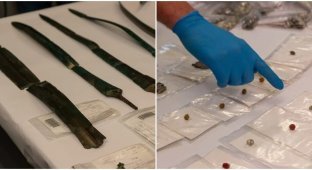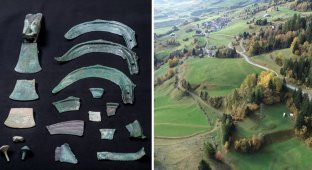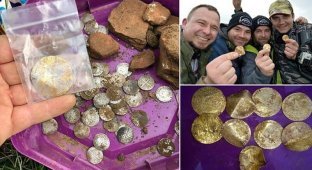17th Century Treasure Found in Poland (4 photos)
Amateur archaeologists Slawomir and Szymon Milewski were searching for a Roman road when they stumbled upon a cache of coins worth over $120,000. 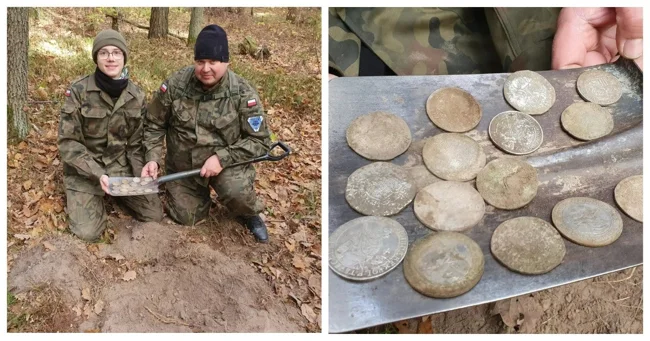
A father and son team discovered 17 rare coins near the village of Pomichowek, north of Warsaw in the Masovia region.
Initially, members of the Triglav Historical and Research Association and the Polish Treasure Hunters Association "Husaria" were looking for a Roman road. 
As Piotr Duda, an archaeologist from the Triglav Association, told the Polish publication Science, the Milewskis immediately realized that they had found silver coins. When they looked more closely, they realized the historical value of the artifacts.
"At first there was a real stir. Everyone who took part in the search, and there were about a dozen of us, rushed to the call of the discoverers," says Mateusz Sigach. "Everyone realized that something incredible had been discovered." 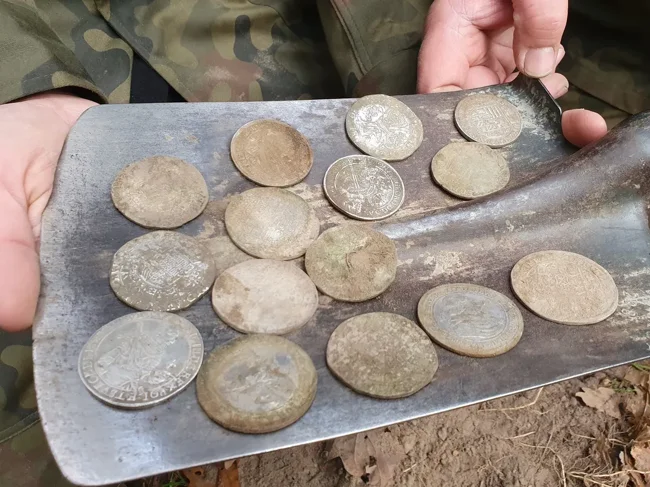
The collection, dating from the 16th and 17th centuries, includes two types of coins: thalers and patagons.
Thalers are large silver coins that were used throughout Europe for centuries. The word "dollar" comes from "thaler".
The patagon is also a large silver coin, but it was minted in the Spanish Netherlands - provinces that belonged to Spain, including modern-day Belgium, Luxembourg, and the Netherlands.
Many of the coins feature the faces of European rulers. For example, the thaler from 1630 depicts Sigismund III Vasa, King of Poland and Sweden, and the initials of the coin maker.
Another coin, the thaler from 1623, was minted for only two years, making it very rare.
Many examples were minted during the Thirty Years' War, a period of military conflict, famine, and disease that ravaged Europe from 1618 to 1648. 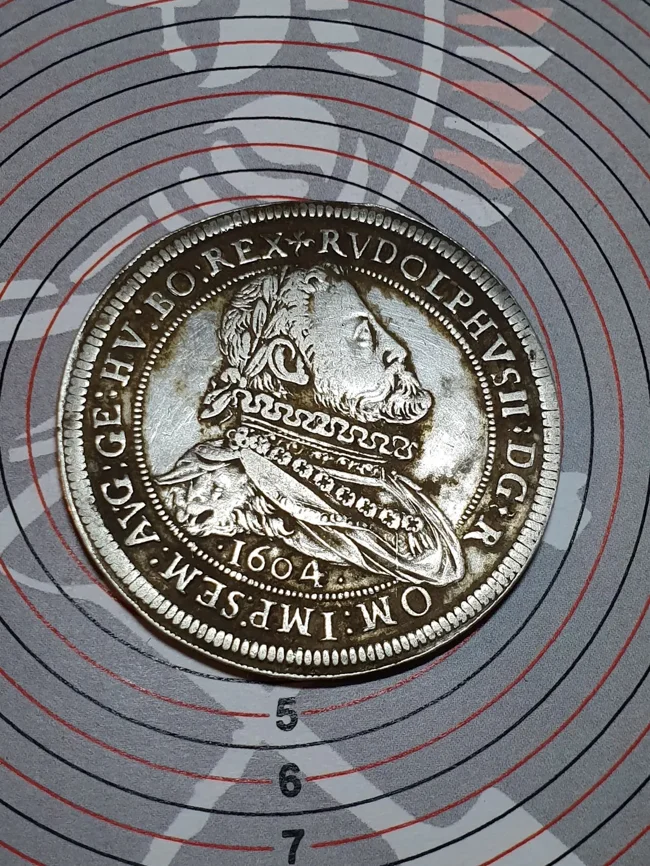
The oldest coin was minted between 1564 and 1587. The newest coin dates back to 1641.
Experts are surprised how such a rich collection ended up near Pomikhovek.
"We suspect that the soldier lost his salary," Sigach shares. "Another version: the merchant wanted to hide the money from robbers. In the 16th century, a kilometer from this place there was a tavern, judging by early finds, at that time many buried valuables before visiting drinking establishments."
Treasure hunters hope that their collection will find its place in the museum.












